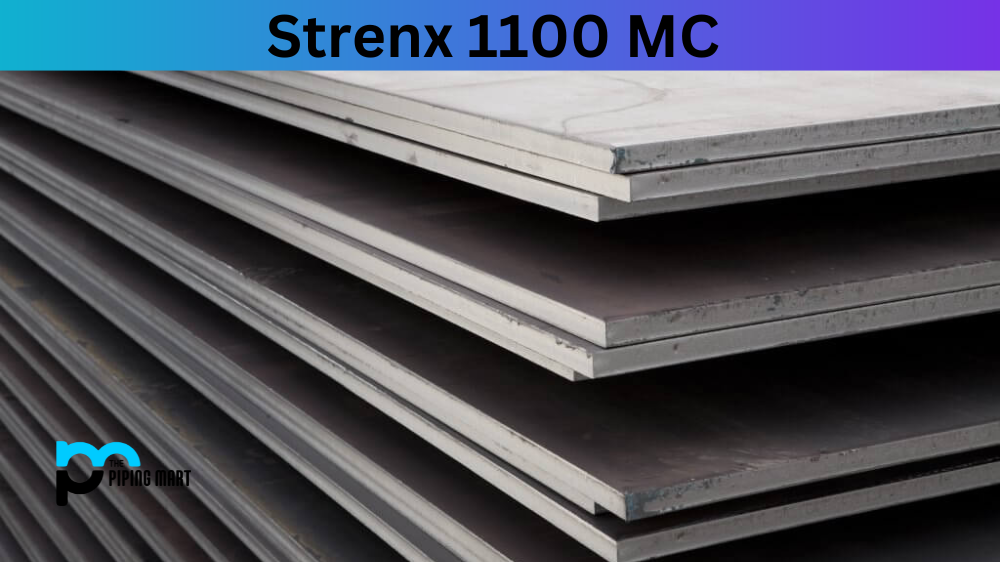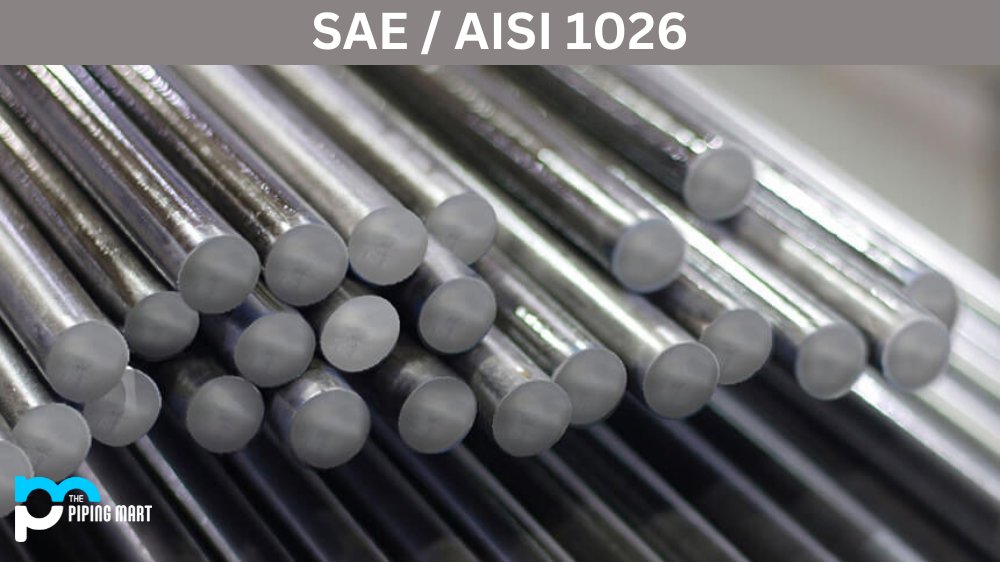932 Bronze is a bronze alloy used in many applications due to its excellent properties. It has excellent mechanical properties such as high wear resistance, ductility, and strength. In addition, it has good corrosion resistance and heat resistance, making it suitable for a wide range of applications. Let’s take a closer look at the composition, chemical properties, mechanical properties, physical properties, uses, and other characteristics of this alloy.
932 Bronze Composition
Alloy 932 High-Leaded Tin Bronze is composed of copper (91-93%) and tin (7-9%). It also contains small amounts of iron and zinc for added strength and corrosion resistance. The combination of copper and tin gives this alloy unique characteristics such as high wear resistance, ductility, corrosion resistance, and heat resistance.
|
Element
|
Percentage
|
| Cu | 83 |
| Pb | 7 |
| Sn | 7 |
| Zn | 3 |
932 Bronze Chemical Properties
The combination of copper and tin in alloy 932 gives it excellent corrosion resistance in most environments. It also has good heat treatment characteristics, making it suitable for various industrial applications such as valves, pumps, gears and bearings.
932 Bronze Physical Properties
The physical properties of grade 932 make it an ideal material for many applications. It has a low thermal expansion coefficient, making it less susceptible to warping or cracking when heated or cooled rapidly. In addition, its high density makes it resistant to wear and tear over time.
| Density | 0.323 lb/in3 |
| Ultimate Tensile Strength | 34.8 ksi |
| Yield Tensile Strength | 18.1 ksi |
| Shear Modulus | 5,500 ksi |
| Hardness Rockwell | Brinell | B27 | 65 |
| Elongation at Break Percentage | 20% |
| Modulus of Elasticity | 14,500 ksi |
| Poisson’s Ratio | 0.35 |
| Machinability Percentage | 70% |
| Melting Point | 1,570-1,790 °F |
| Specific Heat | 9.3 x 10^-2 BTU/lb-°F |
| Thermal Conductivity | 408 BTU-in/hr-ft^2-°F |
| Electrical Conductivity | 12% IACS |
932 Bronze Mechanical Properties
The mechanical properties of C93200 are highly desirable in many applications due to its high wear resistance, ductility and strength. This material can be machined easily with conventional or special tools designed specifically for machining bronze alloys. It can also be welded relatively easily with the correct equipment but should not be exposed to temperatures above 815°C (1500°F).
| Tensile Strength, min | Yield Strength, at .5% Extension Under Load, min | Elongation, in 2 in. or 50 mm min | Brinell Hardness (500 kg load) | Remarks | ||
|---|---|---|---|---|---|---|
| ksi | MPa | ksi | MPa | % | typical BHN | |
| 35 | 241 | 20 | 138 | 10 | 65 | |
932 Bronze Equivalents
- UNS 93200
- CDA 932
- C932 High-Leaded Tin Bronze
- SAE 660
932 Bronze Uses
Due to its excellent mechanical properties, Bronze 932 is widely used in industries such as marine engineering (e.g., propellers), automotive components (e.g., engines), food processing (e.g., kitchen utensils) and general engineering (e.g., pipes). Its corrosion resistance makes it an ideal choice for use in corrosive environments such as salt water or chemical plants where metal parts must be able to withstand harsh conditions without degrading quickly over time. Its heat treatment characteristics also make it suitable in hot environments where metals must remain stable at elevated temperatures without losing their structural integrity over time from exposure to extreme temperatures or pressures.
Corrosion Resistance
Bronze 932 has excellent corrosion resistance, making it the perfect material for businesses that need reliable components that can stand up against harsh environments. Whether used in marine settings or on products exposed to air and water, bronze 932 is known for its durability and longevity. This is especially important because it reduces the need for expensive repairs and replacements caused by old parts deteriorating due to corrosion. Further, it can increase efficiency when used in alternative fuel systems because of its resilience against oxidization. As a result, it is widely regarded as an ideal material for highly-demanding applications.
Heat Resistance
Bronze 932 heat resistance is a valuable property that has made this alloy versatile. It has a significantly high melting point, so it can handle extreme temperatures without losing strength or durability. As a result, Bronze 932 is often used in applications where heat resistance and reliability are essential – industrial parts and components, ocean engineering and even the aerospace industry. Its superior heat-tolerant properties make it an ideal choice for these projects, where components must withstand demanding temperature conditions without compromising performance or safety.
Heat Treatment
The heat treatment of bronze 932 is a specialized process that has been perfected over centuries. Through this process, the brittleness and hardness of the metal are reduced to create a more malleable material with improved elasticity. This, in turn, allows the intricate components that make up many of today’s technological devices and products to be safely crafted. Heating bronze 932 can also improve these mechanical parts’ stability and durability. Heat treatment makes bronze 932 easier to work with and increases its strength and usefulness.
Machining
Machining of bronze components is an integral part of many industries due to its durable, corrosion-resistant properties. Bronze machining is a complex process and requires experienced personnel for precise results – highly trained CNC machines and knowledgeable technicians are essential. This machining often involves creating intricate geometries and requires detailed instructions from the designer, as there is little room for error. For example, 932 bronze is mainly used for industrial valves and shafts because of its superior tensile strength and excellent wear resistance. However, the tight tolerances associated with 932 bronze dictate that it must be machined with great precision to achieve desired results. When correctly executed, using advanced machining techniques can allow engineers to create the best components available today.
Welding
Bronze 932 welding is a specialized medium for joining metal parts. It involves using an alloy which helps to bring the two separate pieces of metal together but at much higher temperatures than in traditional welding processes. This process is often used to join objects made of bronze and brass while producing a strong connection that can better withstand tough conditions. Bronze 932 welding is highly effective at forming secure welds, even when ageing and corrosion are present. Moreover, this type of welding produces a weld with extreme strength and durability compared to other methods. In short, bronze 932 welding yields strong, long-lasting connections that can stand up to the toughest environments.
Conclusion
Overall, Bronze 932 is an ideal material for use in many industrial applications due to its excellent mechanical properties such as high wear resistance, ductility, strength, corrosion resistance and heat treatment characteristics which make it suitable for use in both hot and cold environments where parts must maintain their structural integrity over time even under extreme conditions. With its wide range of uses ranging from marine engineering components to automotive components and food processing tools to general engineering parts, there’s no doubt that this particular bronze alloy will continue to play an essential role in many industries around the world for years to come.
Meet Heer, a dynamic and driven writer learning tricks of her trade in the metal industry. With a background in Digital Marketing, Heer brings a unique perspective to her writing, sharing valuable insights. Apart from blogging she like reading and hiking.




